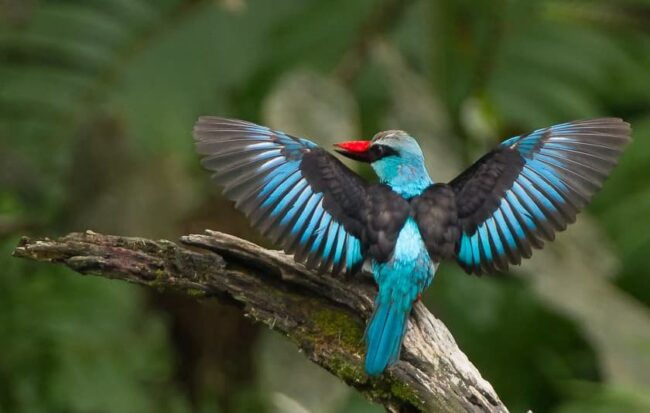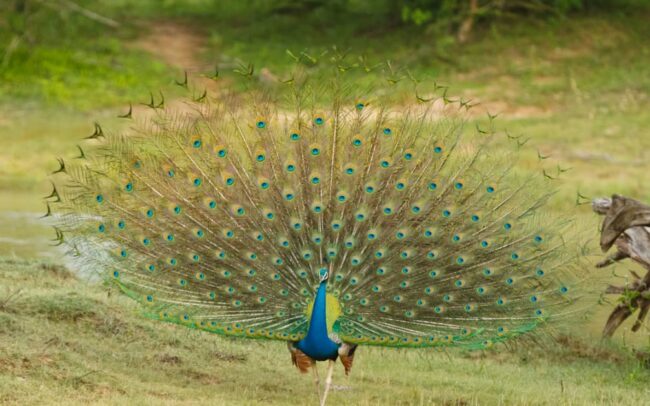Welcome to our blog post dedicated to the captivating Lilac-Breasted Roller (Coracias caudatus). This remarkable bird species, adorned with an array of vibrant colors, is often hailed as one of Africa’s most beautiful birds. In this article, we will delve into the fascinating world of the Lilac-Breasted Roller, exploring its appearance, behavior, habitat preferences, and the conservation efforts aimed at preserving its natural splendor.
Appearance and Plumage

The Lilac-Breasted Roller is a medium-sized bird known for its breathtaking plumage. Its name is derived from the striking lilac-colored feathers that cover its breast, contrasting with the vibrant turquoise blue wings and back. The bird also features a bright blue crown, a black mask around the eyes, and a long, slender beak. These vivid colors make the Lilac-Breasted Roller a true icon of beauty in the African savannah.
Habitat and Distribution
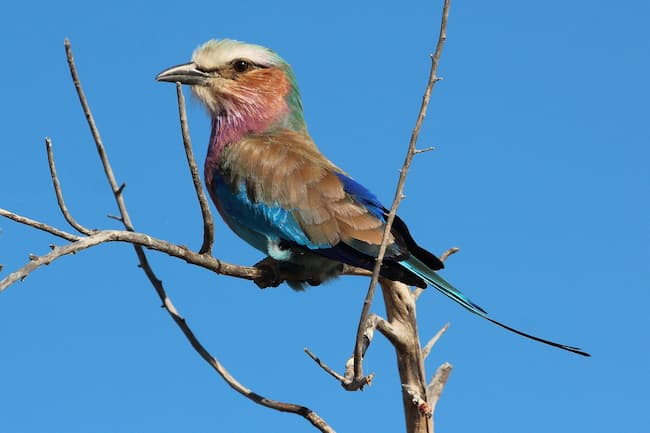
The Lilac-Breasted Roller is found across various regions of sub-Saharan Africa, including savannahs, woodlands, and open grasslands. It prefers habitats with scattered trees and perches, as it relies on these vantage points to scan for prey. This bird is known to adapt to both natural and human-altered landscapes, and it can be observed in national parks, game reserves, and even gardens and farmlands.
Behavior and Feeding Habits
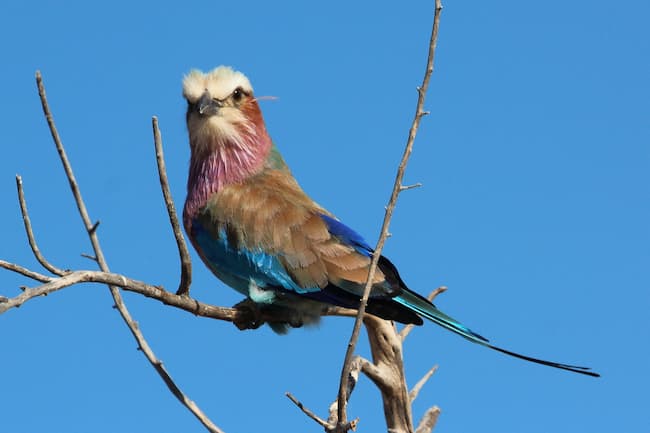
Lilac-Breasted Rollers are renowned for their aerial acrobatics and hunting skills. They perch on prominent branches or other elevated positions, patiently scanning the surroundings for insects, small reptiles, and even small birds. When prey is spotted, they swiftly dive down, capturing it with precision and returning to their perch to consume their meal. They are also known to engage in courtship displays, which involve impressive flight patterns and calls.
Breeding and Reproduction
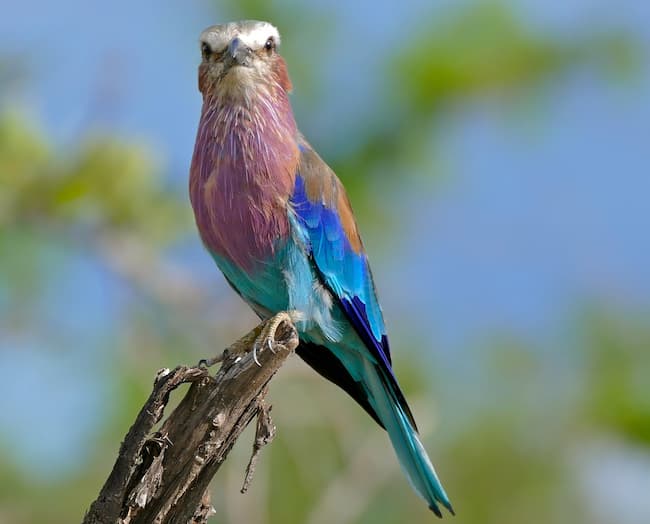
During the breeding season, male Lilac-Breasted Rollers perform elaborate displays to attract females. These displays often include aerial acrobatics, where the birds soar and dive while calling loudly. Once a pair is formed, they construct a nest in a natural cavity, such as a tree hole or abandoned termite mound. The female lays a clutch of eggs, and both parents take turns incubating them. After hatching, the parents work together to provide food for the chicks until they fledge.
Conservation Status
The Lilac-Breasted Roller is currently listed as a species of least concern on the IUCN Red List. However, habitat loss, deforestation, and illegal trapping for the pet trade remain ongoing threats. It is crucial to protect the natural habitats of the Lilac-Breasted Roller and promote sustainable land-use practices to ensure its long-term survival.
Conservation Efforts
Numerous conservation organizations and local communities are working diligently to protect the Lilac-Breasted Roller and its habitats. Initiatives include the establishment of protected areas, community education programs, and research on population dynamics. By supporting these efforts and raising awareness about the importance of biodiversity conservation, we can contribute to the continued existence of this enchanting bird.
In conclusion, the Lilac-Breasted Roller stands as a symbol of beauty and grace in the African savannah. With its vibrant plumage and impressive aerial displays, it captures the hearts of bird enthusiasts around the world. Let us appreciate and protect the habitats that harbor this marvelous species, ensuring that future generations can witness the breathtaking sight of the Lilac-Breasted Roller in all its glory.
